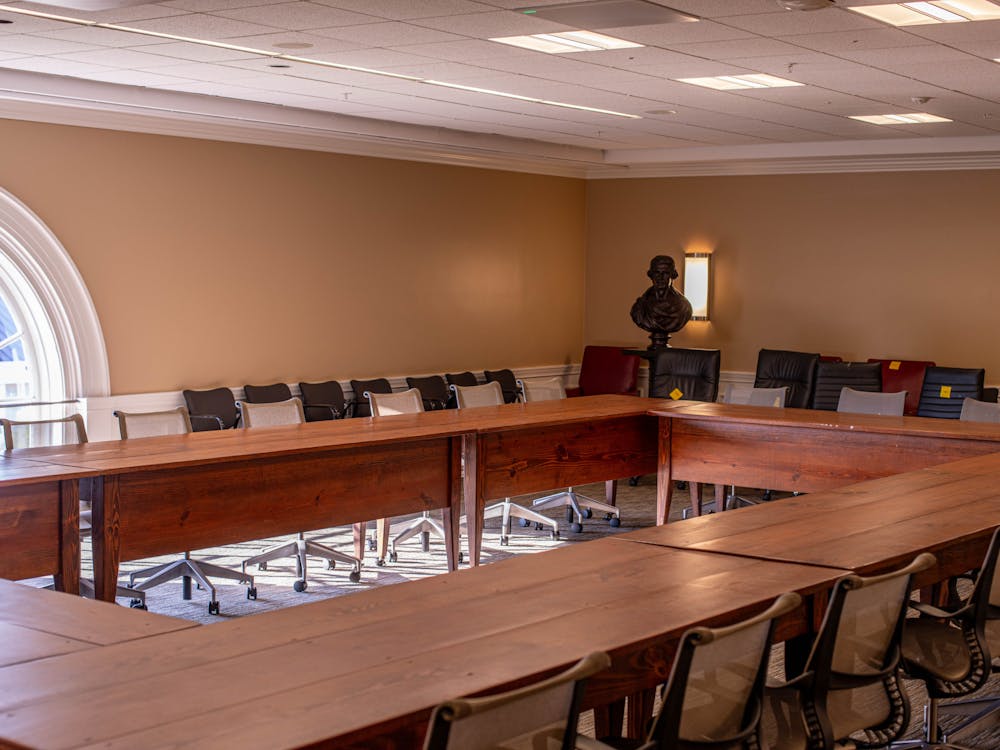The official launch of a new telecommunications network, National LambdaRail, has some scientists excited about its capability to connect distant researchers.
The network, announced yesterday, is slated to begin operations in most parts of the nation by the end of 2004. LambdaRail will enable scientists and other researchers to work on collaborative projects at 200 to 300 times the speeds currently available over the Internet.
"As U.Va. vigorously pursues plans to enhance its prowess in science, engineering and technology, the NLR will become a key infrastructural component for high performance computation and collaborative research utilizing huge scientific data sets," said Robert Reynolds, University vice president and chief information officer, in a statement. "It represents the next generation of large scale digital communication beyond the current commodity Internet and Internet 2."
The NLR will make use of unused "dark fibers," which are fiber-optic wires that currently are not in use. Encouraged by the boom in the Internet in the early 1990s, telecommunications companies laid more optical fiber in the mid 1990s than they were later able to sell, Reynolds said.
"I think the people who will find this the most useful are the people who analyze huge amounts of data, like folks who work on high energy physics projects," Physics Department Chair Tom Gallagher said.
Several years ago, researchers and scientists with the Corporation for Education Network Initiatives in California considered utilizing the unused dark fibers to create a high-speed network for research purposes. Cisco, the leading producer of telecommunications hardware, helped advance the evolution of NLR by selling equipment at near-cost prices.
The NLR is a loop of optical fibers stretching from Southern California through New York, which has 25 nodes around its circumference. Each node provides access to a particular geographic region.
The Mid-Atlantic Tarascale Partnership, which serves academic institutions in Virginia, Maryland and Washington, D.C., has signed 20-year contracts with six universities in Virginia, including the University, for $100,000 each, to be paid every year for five years.
Four more schools in D.C., Maryland and several federal agencies also have expressed interest in joining the NLR.
The NLR will permit scientists to transmit large bundles of information and also to conduct research on the network to find its best utilization and provide even faster connections in the future.
"We will grow into it as we see the capabilities here on campus," Chemistry Department Chair Ian Harrison said.
Though many department chairs said they were unaware of an immediate need for the system, they said they hope to use it in the future.
"Transmission of large amounts of data across the internet is not normally something we do. We prove theorems," Mathematics Department Chair James Howland said. "That's not to say that, at some point in the future, nobody in the Department of Mathematics won't have some use for this."






